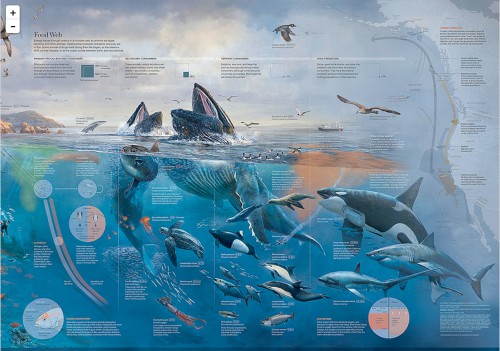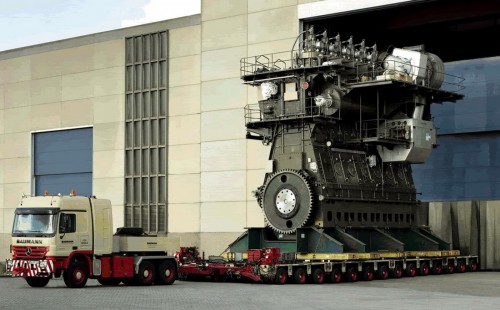This optical illusion is making the rounds. There are twelve black dots located at some of the vertices. Can you seem them all?< ?p>
You can’t see them all at once, at least: focus on one, and all the others disappear. This is not at all surprising — the central area of maximum resolution in your eye is very tiny, and your peripheral vision simply isn’t very good.
What did intrigue me, though, is that if I focus on a central intersection I can see two dots at once, one to either side of the intersection I’m looking at. However, I can’t simultaneously see two dots on the vertical plane.
I think this means I’d be particularly susceptible to drop bear attacks.






